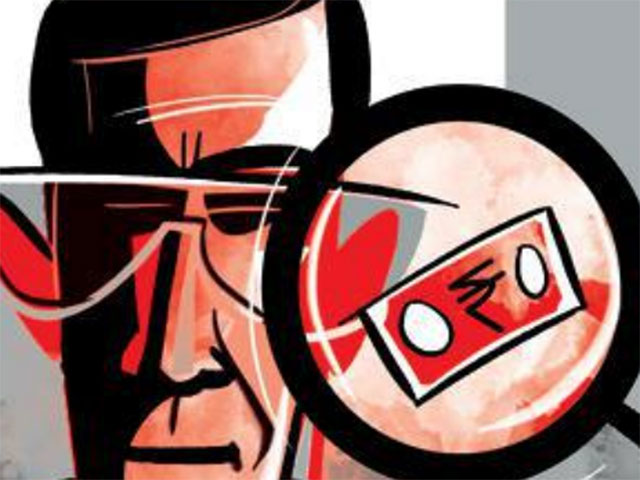
Who’s manipulating the currency, US?
ET Edit, 22 April 2021
 America’s decision to place India on its currency manipulator’s watchlist is ludicrous. The US Fed’s policy of keeping interest rates ultra-low, along with America’s allies in Europe and Japan, is responsible for both the dollar’s plunge and surging flows of capital to emerging markets, like India, in search of reasonable returns. These capital inflows make the rupee appreciate out of line with real economy concerns. Seen from India’s perspective, the US should be pointing fingers at itself when it comes to currency manipulation.
America’s decision to place India on its currency manipulator’s watchlist is ludicrous. The US Fed’s policy of keeping interest rates ultra-low, along with America’s allies in Europe and Japan, is responsible for both the dollar’s plunge and surging flows of capital to emerging markets, like India, in search of reasonable returns. These capital inflows make the rupee appreciate out of line with real economy concerns. Seen from India’s perspective, the US should be pointing fingers at itself when it comes to currency manipulation.
The US uses three benchmarks to judge currency manipulators: a bilateral surplus with the US of over $20 billion, a current account surplus of at least 3% of GDP and net purchases of foreign currency of 2% of GDP over a 12-month period. India met the first and the third benchmarks while its current account surplus has been below the threshold level. The country has a marginal current account surplus due to the Covid-induced economic contraction that dented imports. Else, India consistently has run a current account deficit (barring in 2004).
What pushed up the exchange rate is the strength of the unabsorbed capital flows, not export earnings and current account inflows (read as it applies to trade). India was added to the watchlist first in December 2018, and later removed in 2019, only to be added a second time in December 2020. The Biden administration has now retained India with China, South Korea and Japan, among others.
The RBI does not intervene in the currency market to peg the rupee at any artificial level, its goal is to prevent disruptive volatility. And the US cannot grudge India’s central bank its right to smoothen the rupee’s external adjustments, particularly with its own burden of culpability.

